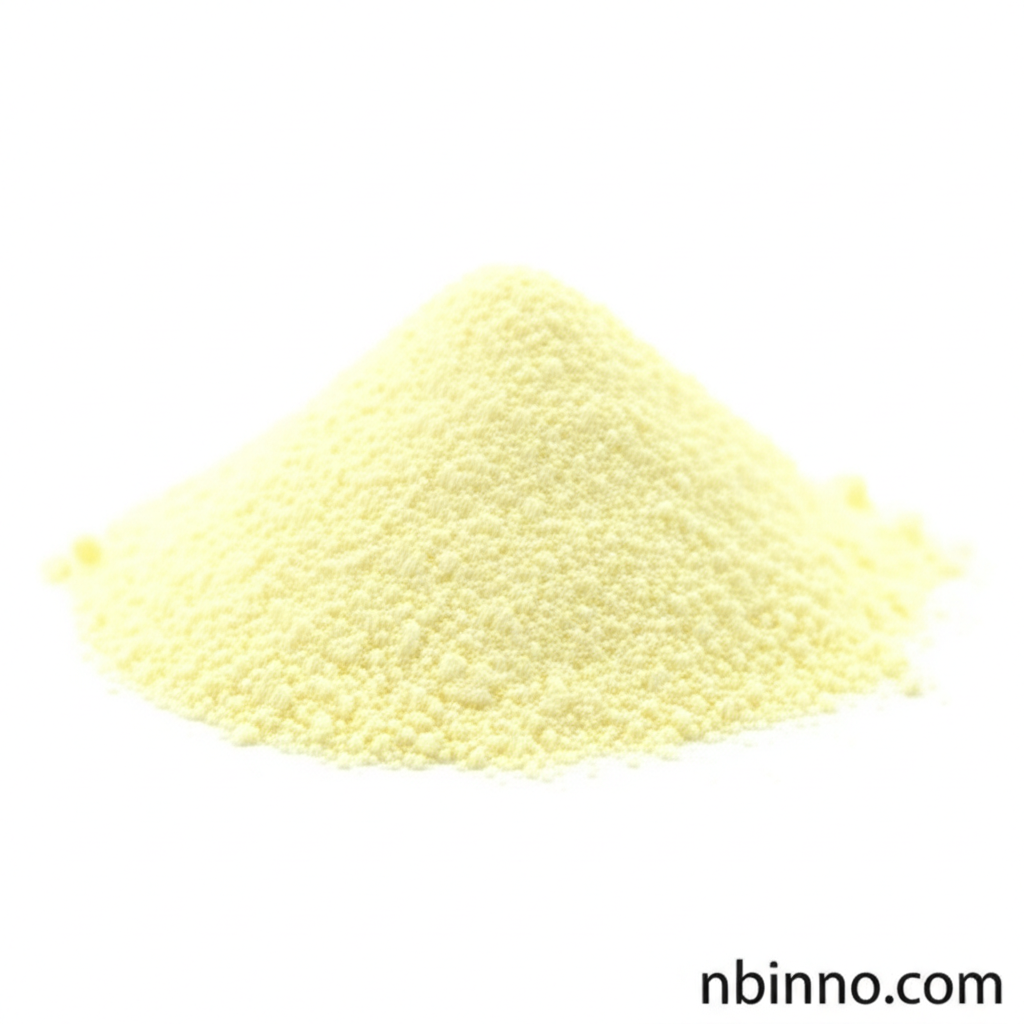Precision Peptide Synthesis with Fmoc-N-Methyl-L-Glutamic Acid Gamma-tert-butyl Ester
Unlock advanced peptide synthesis capabilities with this high-purity Fmoc-protected amino acid derivative.
Get a Quote & SampleProduct Core Value

Fmoc-N-methyl-L-glutamic acid gamma-tert-butyl ester
This critical N-methyl amino acid derivative, identified by CAS 200616-40-6, is essential for researchers involved in sophisticated peptide synthesis. Its high purity, typically above 98%, ensures reliable and reproducible results in Solid Phase Peptide Synthesis (SPPS). The presence of the Fmoc protecting group allows for mild deprotection conditions, making it an ideal component for building complex peptide sequences. Its application extends to various research fields, contributing to advancements in drug development and understanding neurological pathways.
- Introduction of N-methyl amino acid building blocks: This compound is fundamental for incorporating N-methylated amino acid residues, enhancing peptide stability and biological activity in peptide synthesis.
- High purity protected amino acid for SPPS: With a purity of ≥98%, it guarantees the integrity of the synthesized peptide chains, crucial for accurate research outcomes.
- Valuable in drug development: Its structure makes it a key component in the design of pharmaceuticals targeting specific receptors, vital for enhancing therapeutic efficacy in drug development.
- Contribution to neuroscience research: Researchers utilize this glutamic acid derivative to study neurotransmitter pathways and develop compounds that modulate glutamate receptors, important for neurological function research.
Advantages Offered
Enhanced Peptide Stability
Leveraging the N-methyl amino acid building block for drug development, this derivative imparts greater resistance to enzymatic degradation in synthesized peptides.
Streamlined Synthesis Processes
The Fmoc protection mechanism ensures that the high purity protected amino acid for SPPS can be easily coupled and deprotected, simplifying complex synthesis workflows.
Versatility in Research Applications
Its role as a key component in peptide synthesis and neuroscience research highlights its broad applicability across various scientific disciplines.
Key Applications
Peptide Synthesis
A critical reagent in Fmoc solid-phase peptide synthesis, enabling the creation of intricate peptide structures with high efficiency.
Drug Development
Serves as a foundational component in medicinal chemistry for designing novel therapeutic agents, contributing to the field of drug development.
Neuroscience Research
Crucial for studies involving neurotransmitter systems, particularly modulating glutamate receptors relevant to neuroscience research.
Bioconjugation
Its functional groups allow for linkage to other biomolecules, supporting the development of targeted drug delivery systems in bioconjugation chemistry.
